Imagine wandering through a lush landscape where animals roam in near-natural habitats, all while knowing your visit barely leaves a mark on the planet. This is not a fantasy—thanks to innovative science and passionate visionaries, zoos across the globe are transforming into beacons of sustainability. Their efforts are not just about protecting wildlife but about reimagining what it means to coexist with nature in the modern world. These zoos are teaching us that sustainability can be inspiring, bold, and astonishingly beautiful.
The Bronx Zoo: Urban Conservation Pioneer
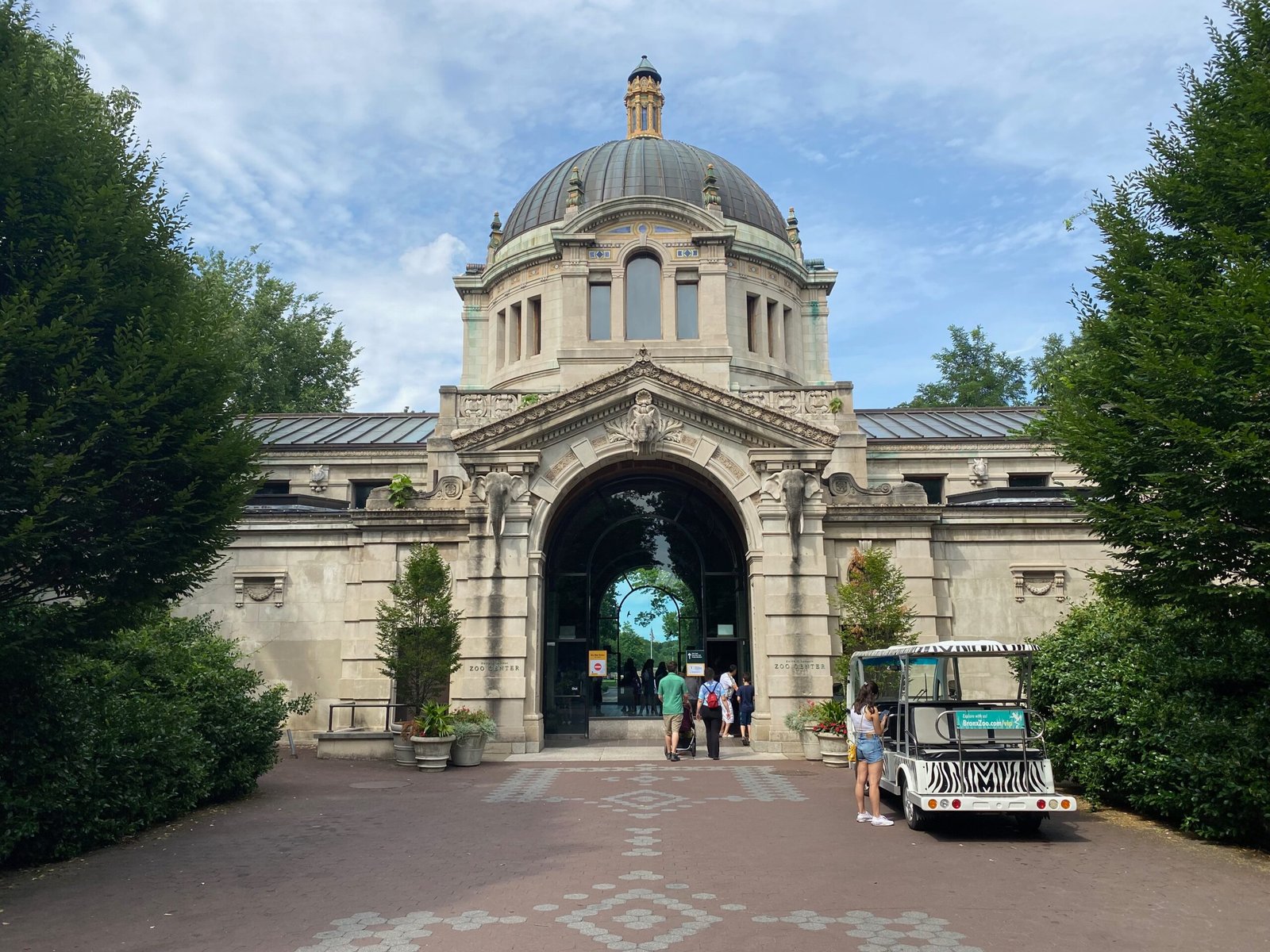
Nestled in the heart of New York City, the Bronx Zoo is much more than a famous attraction; it’s a living laboratory for green innovation. With over 265 acres of parkland, the zoo has championed energy efficiency by investing in solar panels, geothermal heating, and rainwater harvesting systems. Its eco-friendly monorail, powered by clean electricity, quietly glides visitors through Asian wilds, minimizing emissions and noise. The zoo also focuses on native plant restoration, using its grounds to nurture pollinators and birds vital to local ecosystems. By composting tons of organic waste and utilizing green roofs, the Bronx Zoo demonstrates that sustainability can thrive even in bustling urban settings. Their commitment extends to education, inspiring millions to consider how their choices impact the planet. Through immersive exhibits, guests learn firsthand the delicate balance between people, wildlife, and the environment.
Singapore Zoo: A Tropical Model of Eco-Friendly Design
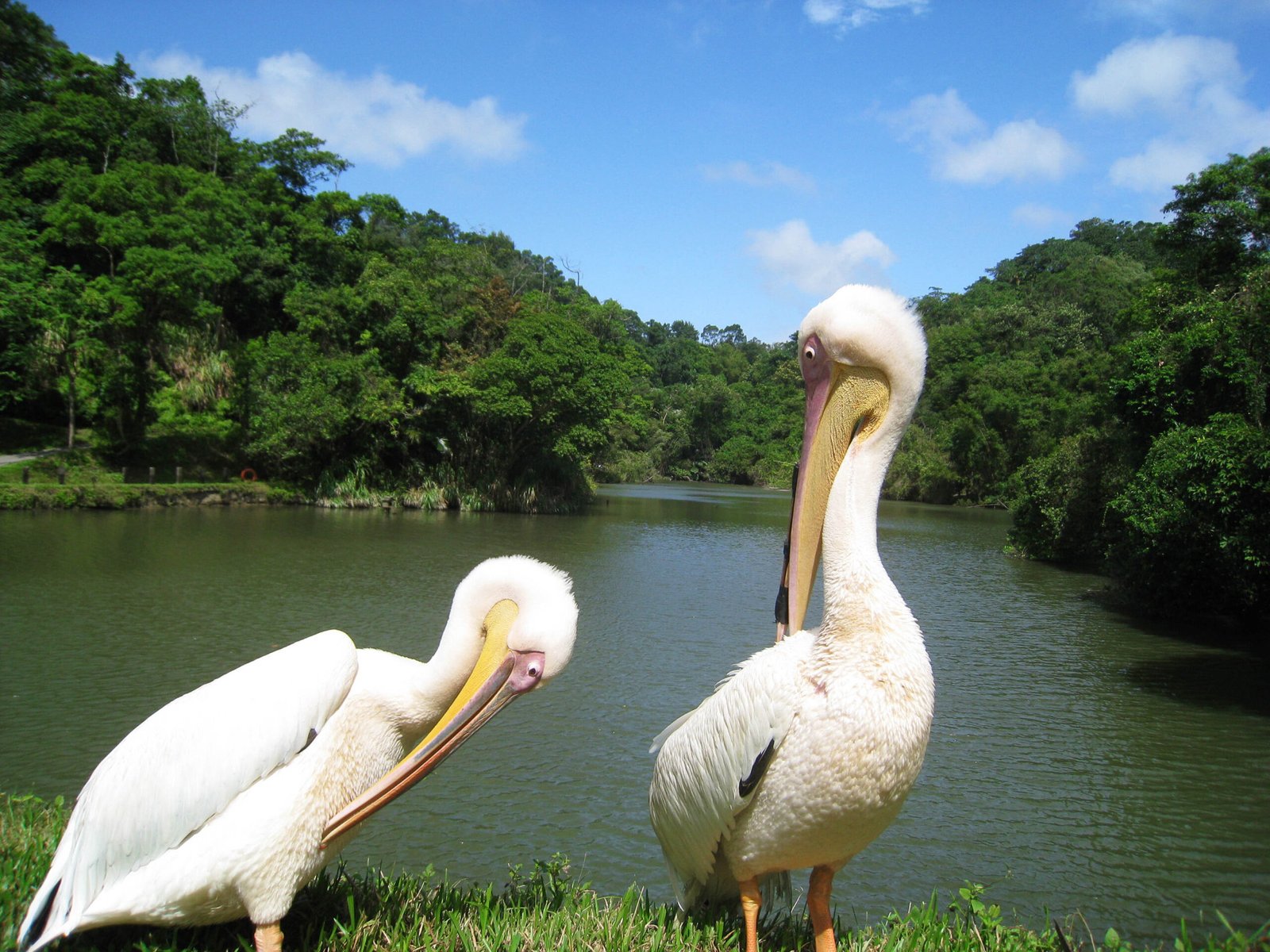
Set amid a rainforest, Singapore Zoo has earned worldwide acclaim for blending lush landscapes with cutting-edge sustainability. Here, buildings are designed to disappear into the greenery, with green roofs and living walls that cool naturally and support native insects. Rainwater is meticulously collected and filtered for watering plants and managing animal habitats, reducing reliance on city water. The zoo’s innovative waste-to-energy plant turns animal manure into electricity, powering entire sections of the park and shrinking its carbon footprint. Solar-powered trams quietly transport guests through the grounds, reducing noise and air pollution. Singapore Zoo also takes pride in its sustainable sourcing, ensuring that animal feed and visitor snacks are grown and harvested responsibly. Their eco-outreach goes beyond the gates, with community programs teaching children and adults how to live lighter on the earth.
Zoo Zürich: Where Alpine Innovation Meets Sustainability
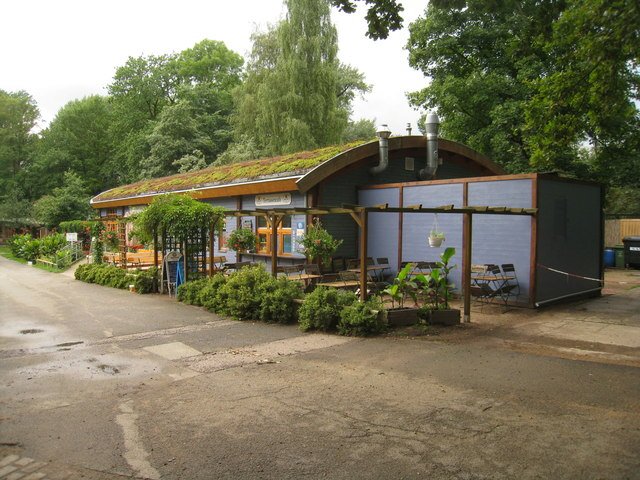
Perched near the Swiss Alps, Zoo Zürich is redefining what it means to harmonize architecture with nature. The Masoala Rainforest Hall, a spectacular glass dome, replicates Madagascar’s ecosystem while using state-of-the-art energy conservation techniques. Climate control is achieved through clever ventilation and heat recovery systems, dramatically reducing energy needs. The zoo’s enclosures use locally sourced, renewable materials, cutting down on transportation emissions and supporting Swiss forestry. Water conservation is paramount—rainwater is captured, filtered, and reused for cleaning and irrigation, sparing thousands of liters each year. Their restaurant serves local, organic fare, minimizing food miles and waste. By integrating green spaces with educational trails, Zoo Zürich invites visitors to witness the power of sustainable choices in action. Animal habitats here serve as living classrooms, inspiring awe while demonstrating mindful stewardship.
Taronga Zoo Sydney: Embracing Solar Power and Biodiversity
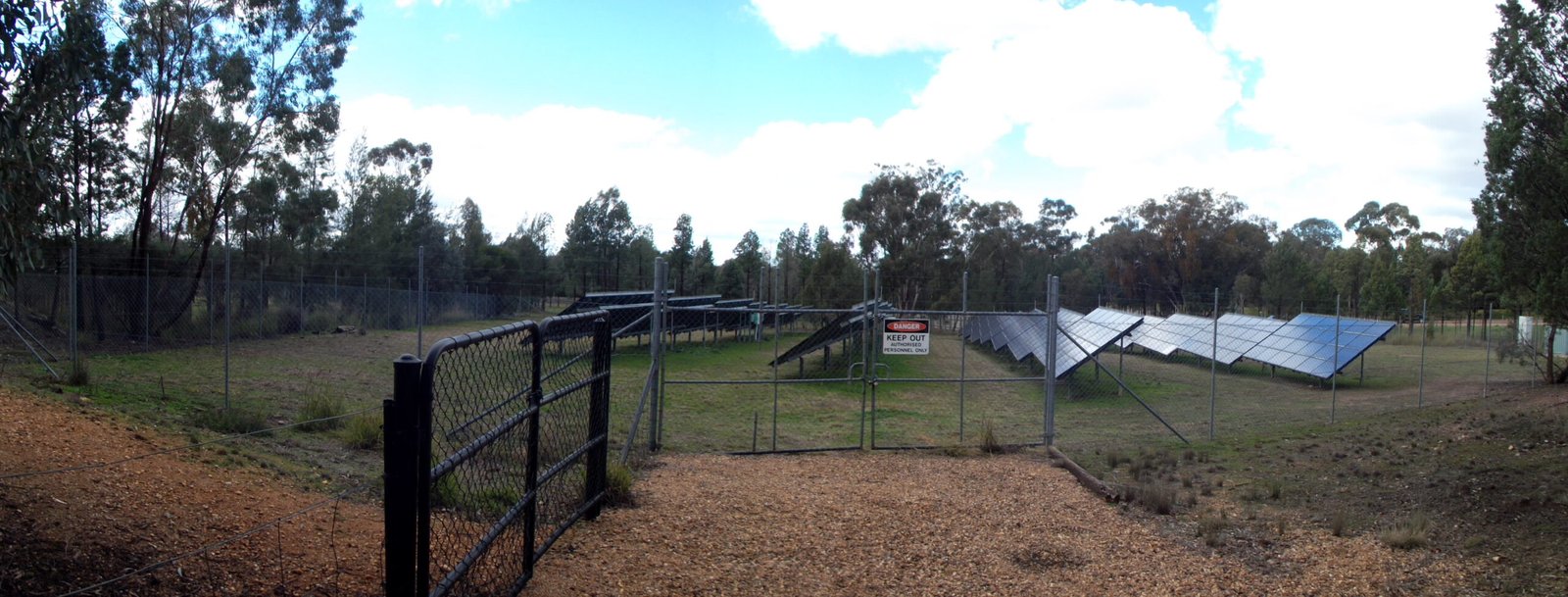
Overlooking Sydney Harbour, Taronga Zoo stands as a testament to Australia’s love for wildlife and the environment. Solar panels shimmer atop exhibit buildings, generating clean energy that powers everything from aquariums to administrative offices. The zoo’s water recycling facility treats and reuses water for animal pools and landscapes, combating drought and conserving essential resources. Taronga’s commitment to biodiversity is seen in its native plant gardens, which attract bees, butterflies, and native birds, creating a thriving urban ecosystem. The zoo also partners with local Indigenous communities to blend traditional ecological knowledge with modern science, resulting in habitat designs that honor both culture and sustainability. Eco-friendly transport options, like hybrid buses, bring visitors to the zoo with minimal environmental cost. By prioritizing green building certifications, Taronga Zoo proves that sustainability can be woven into every brick and blade of grass.
San Diego Zoo: Innovating with Water and Waste
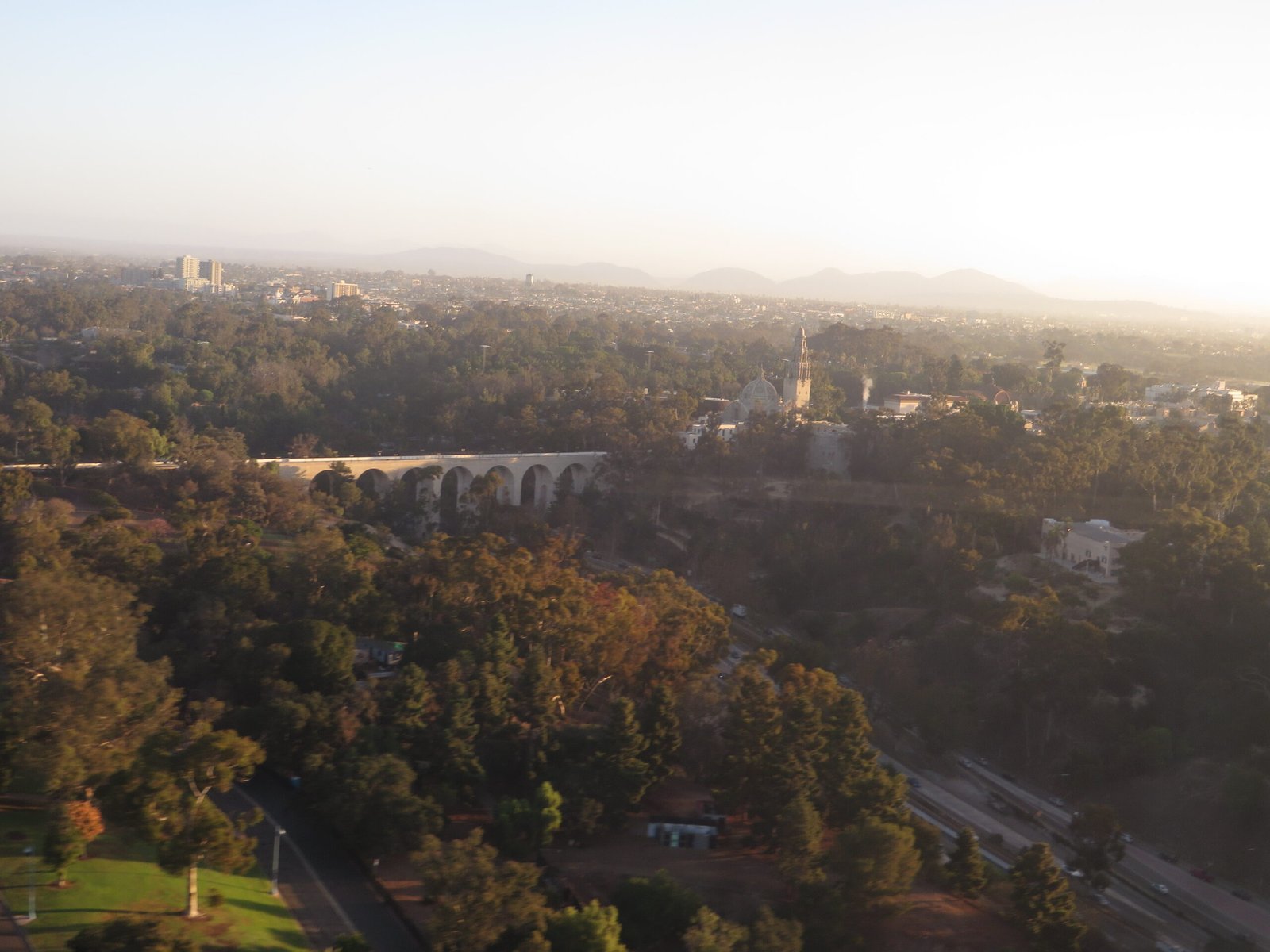
San Diego Zoo, famed for its vast animal collection, is equally renowned for its environmental leadership in drought-prone California. Advanced irrigation systems use sensors to deliver the precise amount of water needed, avoiding waste and keeping gardens lush. The zoo’s massive composting program turns food scraps and animal bedding into rich soil, used to nourish on-site plantings and reduce landfill burden. Solar trees—artistic installations topped with solar panels—dot the campus, providing shade while supplying renewable energy. Animal enclosures are constructed with recycled materials, blending durability with minimal ecological impact. The zoo’s green team educates staff and visitors on recycling best practices, ensuring sustainability is a shared mission. Through its Wildlife Conservancy, the zoo invests in ecosystem restoration, proving that conservation doesn’t stop at the gates.
Chester Zoo: A British Beacon for Green Change
In the rolling countryside of England, Chester Zoo is setting new standards for eco-conscious design. The zoo’s acclaimed Islands exhibit immerses visitors in Southeast Asian habitats while championing energy efficiency and sustainable building. Structures are crafted from certified timber and recycled materials, and wetlands throughout the zoo naturally filter water before it flows into nearby rivers. Chester Zoo’s heat recovery systems warm animal enclosures in winter, slashing energy consumption and costs. They also lead efforts to restore wildflower meadows and hedgerows, supporting local pollinators and rare species. On-site solar arrays generate clean power, while electric vehicles shuttle guests quietly around the grounds. Community workshops invite families to learn about composting, gardening, and wildlife-friendly living, sparking change that radiates far beyond the zoo. Every corner of Chester Zoo is a testament to the idea that caring for nature starts at home.
Redefining the Future of Zoos and Conservation
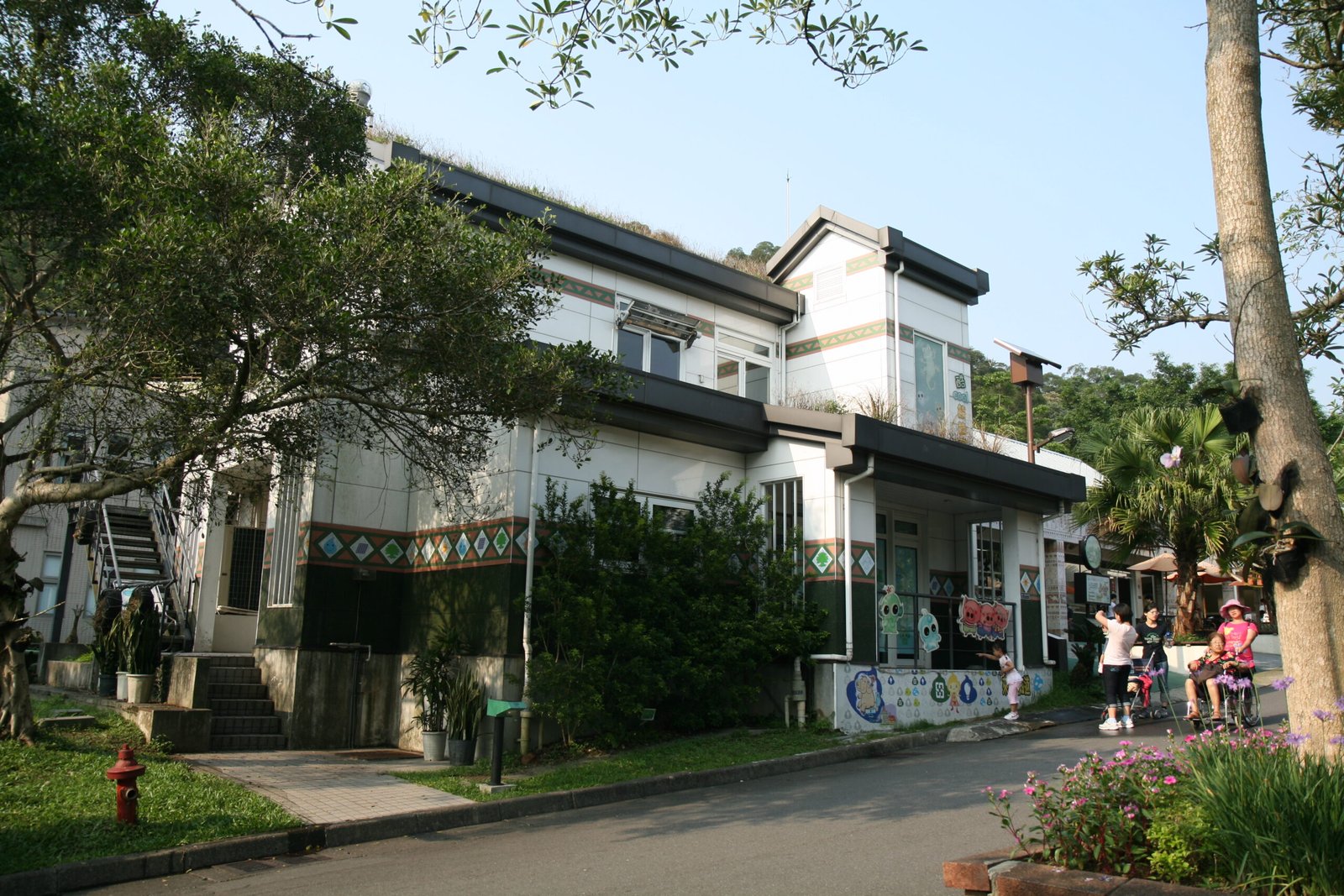
The transformation of these six zoos stands as a rallying cry for a future where sustainability and wildlife care go hand in hand. By turning science into action, they have crafted living blueprints for cities, parks, and everyday people seeking to reduce their environmental impact. Their daring designs and creative solutions prove that protecting animals and the planet can be both practical and breathtaking. As more institutions follow in their footsteps, the possibilities for positive change seem limitless. If you could design the zoo of tomorrow, what sustainable wonders would you create?




